Derived From An Excellent Article by Ann Shaftel, Art Conservator
Edits and Additions by Scott M. Haskins, Art Conservator
(All content used with permission)
This blog post has been syndicated at ExpertClick.com.
What does it mean that this article is “ syndicated”? See end of article
April 19, 2023
Traditionally, monastery care of thangkas was only intended to keep them in working condition as sacred art forms in daily use. Although thangka textile mountings were sometimes replaced during this history of traditional usage, only minor repairs were otherwise enacted.
The authoritative information presented in this article was written by Ann Shaftel, a Fellow of the International Institute for Conservation, Fellow of the American Institute for Conservation, a member of the Canadian Association of Professional Conservators, ICOM, ICOMOS, has dedicated much of the focus of her career to instructing, guiding and training monastery personnel in Himalayan countries to better maintain the devotional objects under their care. She directs TreasureCaretaker.com Ms. Shaftel works internationally for cultural/ governmental sectors in museums, governments and monasteries to forward the agenda of cultural preservation of object in countries afflicted by earthquakes and remote locations. Much of her struggle has been with the nature of the devotional objects, as perceived by the Buddhist beliefs, that changing the location and “restoring” the condition (or evidence of use), the object loses its spiritual power and purpose.
Traditional Considerations – “Seed of Merit” or “Seed of Liberation”
In Ms. Shaftel’s words, “ln my own work with thangkas and their owners, the question of the thangka’s innate power often arises. Many people wonder whether the thangkas they see in museums would be considered “dead” somehow by those within the tradition. When a thangka painting is completed, it is ceremonially empowered with the nature of the deity represented. According to Tibetan teacher Mingyur Rinpoche, the thangkas carry that blessing “until the four elements-fire, wind, water, or earth-destroy the image.” The method for removing blessings from thangkas or rupas (ritual statuary) that are no longer to be used is to burn or bury them, he explains.”
“When I asked him whether older thangkas have more power than newer thangkas, he replied that many older thangkas “have been blessed by many great masters. Newer thangkas have been blessed in a ceremony, but they don’t have the level of blessings of the lineage that older ones have.” Therefore, in his view, by appreciating their history and their sacredness, we would be motivated to show old thangkas very great respect, in terms of how we preserve and present them.”
“I have asked many great teachers about whether previously restricted images, now readily visible in museums, carry their original subtle empowerment. The general agreement is that for non-Buddhists, there is what is called a “seed of liberation,” which is planted in the viewer just by virtue of looking at a blessed thangka. By contrast, however, Peter Irniq, a respected Inuit elder and commissioner of the Territory of Nunavut in Canada, says, “When carvings are in a non-Inuit home, they have no power, just as the carver has no power over the spirits who inhabit the carving.”
“I have gleaned one consistent message from speaking to man}’ elders from a variety of traditions: if we are fortunate enough to own (or be the steward of) a sacred or culturally significant object, we must show it respect in a way that is meaningful both to the object and ourselves. We must be particularly sensitive to such respect when we have no cultural relationship with the object. In that case, it seems we ought to get to know it and how it “likes to be treated.” Throughout history, as societies have been conquered, their cultural objects-imbued with profound sacred significance-have been treated according to the aesthetic and religious mores of the conquering culture. Such desecration can take the form of something as dramatic as the dynamiting of the Bamiyan Buddhas in Afghanistan to something as banal as decorating a doctor’s waiting room by hanging African masks next to the rack of old magazines.”
“In fact, when we take possession of sacred or culturally significant objects, we assume a responsibility to be a steward of these treasures. They have been around, in many cases, for centuries before we were born, and with proper care, they will survive for centuries beyond our death. With proper attention to how they are to be treated, their original sacred power may still be transmitted to people far into the future, which was why they were created in the first place.”
From revered leader and teacher Dzogchen Ponlop Rinpoche, “For decades, Ann Shaftel, the Director of Treasure Caretaker Training Project, and its advisors have shared their expertise with many institutions and individuals in the Himalayan region and beyond so that the precious literary and artistic treasures of Buddhist traditions may be skillfully preserved. I am delighted with regard to the new initiative, the Preservation of Buddhist Treasures Resource, which will make this carefully developed and unique skill set even more impactful. I offer my best wishes, blessings and prayers for the success of this worthy altruistic endeavor.”
If you are concerned about spiritual issues of preserving and restoring sacred art or devotional art (termed as “seed of merit” or “seed of liberation”) please click through to this website for articles that address these issues: https://treasure-caretaker-training.networkforgood.com
Technology Seems Like A Strange Partner To Embrace
Over the years, conservation, as a hands-on discipline, has changed with the increased usage of sophisticated analytical instruments, and with routine use of digital toolboxes. The dramatic display of “before” and “after” images of a painting being cleaned and, in some cases, repainted, is now being reconsidered the ideal goal and objective. These types of treatments and resulting images are more implemented with Western Art and many Asian works of art whose tradition includes maintaining a presence or “look” that approximates perfect or new.
Thangkas, however, which in their own traditions were never subjected to severe cleaning and repainting, have been an integral utilitarian part of a monastery. Given these considerations for these devotional objects, digital restoration offers a safe path toward the respectful appreciation and analysis of iconography and style for thangka paintings, textiles, and texts of religious and historical significance.
Actual Thangka conservation is as complicated as the thangka form itself: a complex composite art form spanning centuries and continents, and still evolving. When people think of Buddhist art today, they often think of thangkas prominently displayed in museums and considered collectable on the international art market. But the past is an important part of Buddhist’s interests.
The thangka form evolved from the long history of scroll paintings, and especially from the nomadic lifestyle of early Buddhist monasteries. Monastics traveled extensively to outlying areas to spread the teachings of the Buddha. Everything they needed and used traveled on the backs of ponies and yaks, including texts, thangkas, robes, tents, furniture, and cookware. Consequently, thangkas were vulnerable to damaged, then as now, by rolling and unrolling, packing, and exposure to natural elements: vulnerable to both human actions and the forces of nature.
Within monasteries, thangkas were hung above shrines and often damaged by direct contact with the walls behind them and leaking roofs. The burning of butter lamps and incense offerings, traditional in Buddhist worship, created a darkening soot and grease that permeated the thangkas deeply. During ceremonies, offerings were and still are flicked toward the thangkas, creating visible accretions and spotting from blessed substances.
The modern thangka form is changing due to the availability of materials and new techniques. For example, yak hide glue, once carefully refined for thangka paintings and true “earth colors,” are no longer readily available. Meanwhile, strong demand in tourist and international art markets has contributed to a rise in thefts from monasteries, and the creation and sale of fakes and forgeries is on the rise.
For a more indepth article on the use of technology click on this link to the exceptional article by Ann Shaftel: https://www.buddhistdoor.net/features/thangkas-terabytes-and-tradition/
Fine Art Conservation Laboratories (FACL, Inc.) and Scott M. Haskins is an Advisor of Treasure Caretaker Training Project, the “award-winning international non-profit advising Buddhist monasteries and communities on how to protect and preserve their own sacred art”.
Ann Shaftel (annshaftel@me.com) is a Fellow of the International Institute for Conservation and the American Institute for Conservation, and is a member of the Canadian Association of Professional Conservators, ICOM, and ICOMOS. Since 1970, Ann has worked in the conservation of Buddhist art with monasteries, Dharma centers, museums, universities, and communities. Her work is referenced by international scholars and advised and blessed by Buddhist teachers.
Established in 1970, Treasure Caretaker Training is a non-profit organization dedicated to working closely with nuns and monks for the preservation of Buddhist treasures in monasteries and communities. The Preservation of Buddhist Treasures Resource, is a free online reference of practical information on digital documentation, risk assessment, disaster planning, and recovery, and safe storage techniques for the preservation of thangkas and other sacred treasures. It is written in direct response to questions asked by monastics and illustrated with images from their monasteries. Preservation workshops in India, Nepal, and Bhutan are continuing.
Treasure Caretaker Training is a 501 (c) 3 charity
Please leave comments below the videos and articles you see… and give them a thumbs up.
https://treasure-caretaker-training.networkforgood.com
Ann Shaftel being interviewed about the extensive earthquake damage in the “Sistine Chapel of the Himalayas”
Since 1970, monks, nuns, conservators and scholars working together within monasteries for preservation of Buddhist treasures. Combining science with respect for traditional methods and materials.
Preservation Resources for Pandemics, fire, earthquakes, floods, and theft threaten Buddhist treasures in monasteries and communities!
- https://www.buddhistdoor.net/features/buddhistdoor-view-a-devotional-approach-to-preserving-buddhisms-treasures
- https://www.treasuresresource.com
- https://www.facebook.com/TreasureCaretaker
Working in monasteries since 1970, we are dedicated to preservation of Buddhist treasures. Because of your kind and generous donations, Preservation of Buddhist Treasures Resource is available free-of-charge on-line, including topics of disaster planning and recovery, documentation, safe storage and more. Monasteries are requesting translation from the English original into Tibetan, Hindi, Mandarin, Nepali and Dzongkha.
All Risk Assessment chapters are freely available on https://www.treasuresresource.com.
Written in response to preservation questions from monks, nuns and community members, and illustrated with images from within monasteries, the Risk Assessment chapters are enriched by input from scholars, conservators and our monastic readers. By request, the next chapter will be Thangka Preservation, when your donations make this possible.
Our monk and nun treasure caretakers are also grateful for your donations towards preservation workshops, with invitations from Nepal, Bhutan, and Sikkim when travel resumes. Read about Risk Assessment in monasteries and how it can prevent damage to precious lineage treasures.
What can FACL and Scott M. Haskins do for your organization to help increase a sense of “community,” fundraise, membership drives, docent training? Call 805 564 3438 or faclofficemanager@gmail.com
Extensively damaged murals in “Sistine Chapel of the Himalayas”
Treasure Caretaker Training is a 501 (c) 3 charity
https://treasure-caretaker-training.networkforgood.com
This blog post has been syndicated at ExpertClick.com. What does it mean that this article is “ syndicated”?
Its a bit of a coup to get an article syndicated, and its certainly prestigious, as additional “proof” that the info and the author are considered far and wide authoritative and an expert in the field. So, enjoy and trust our content!! This article was syndicated for USA national redistribution.
When something is published, usually by a news source, and is made available through different venues for redistribution then it is said to be syndicated. Publications that are syndicated are usually considered of value as being from an expert, educational, new worthy or valuable for wide popular interest. See syndication page at the renowned publicity site: https://www.expertclick.com/NRWire/Releasedetails.aspx?id=294046
This website’s syndication included:
1) Included in the ExpertClick Press Room as a ‘press release.’ (different than a ‘news release’)
2) Included in the ‘Speaker Bureau Platform Page.’
3) Shown on the front page of ExpertClick, in rotation with other most recent posts.
4) Shown in the ‘News Release Results page.’
5) Included on optimized for searches on all my topics of expertise.
6) Shown via RSS linked from the Press Room. (A specific way news is actively distributed within the industry)
7) Shown in the full RSS feed from ExpertClick. (Another, different specific way news is actively distributed within the industry)
8) Syndicated to LexisNexis.com As of 2006, the company had the world’s largest electronic database for legal and public-records related information, distributor of academic content and expert opinion.
This article has been syndicated at https://www.expertclick.com/NRWire/Releasedetails.aspx?id=294046
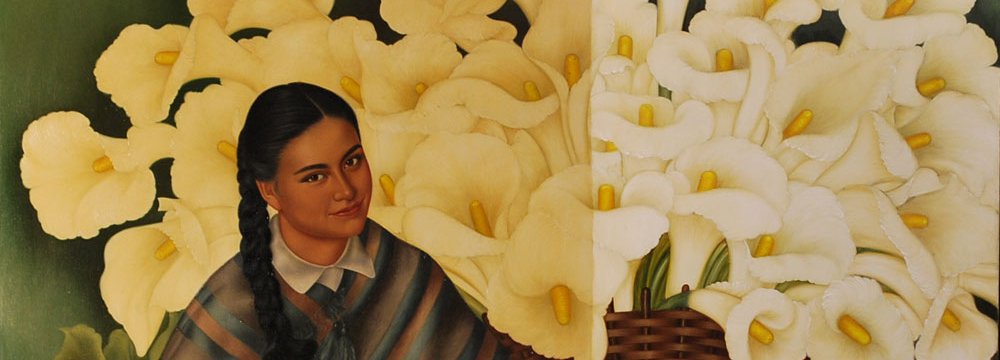
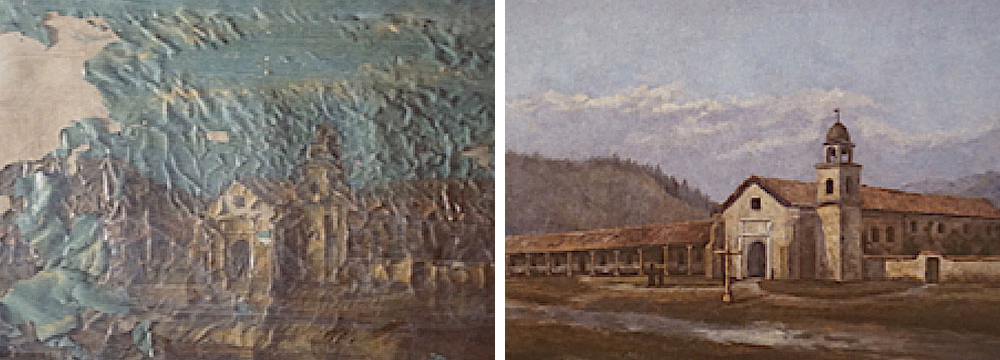
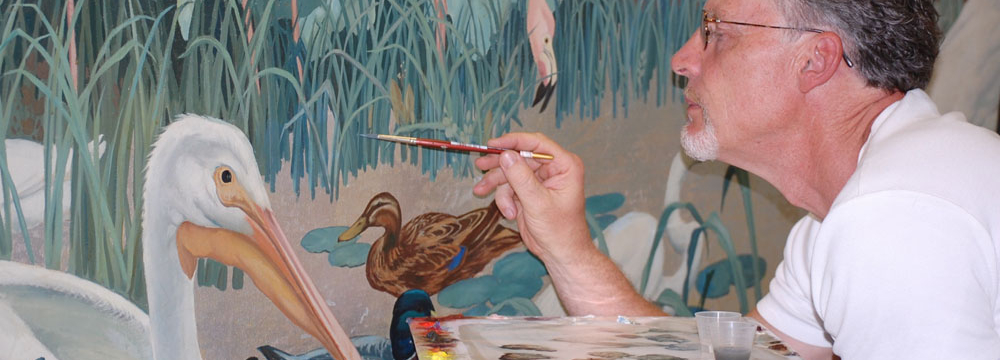
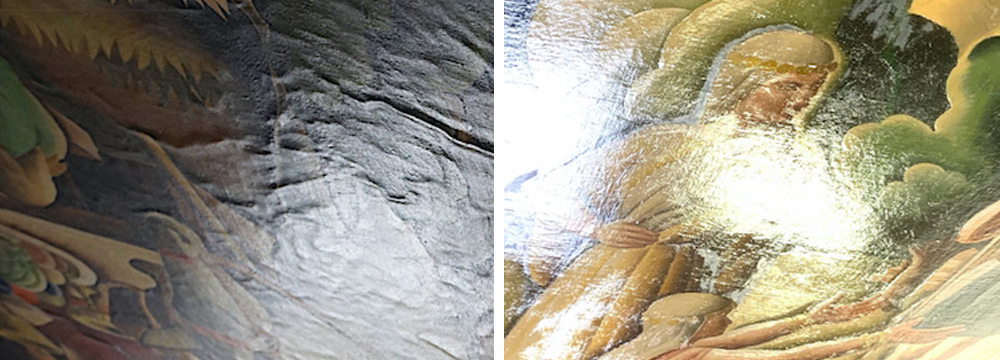
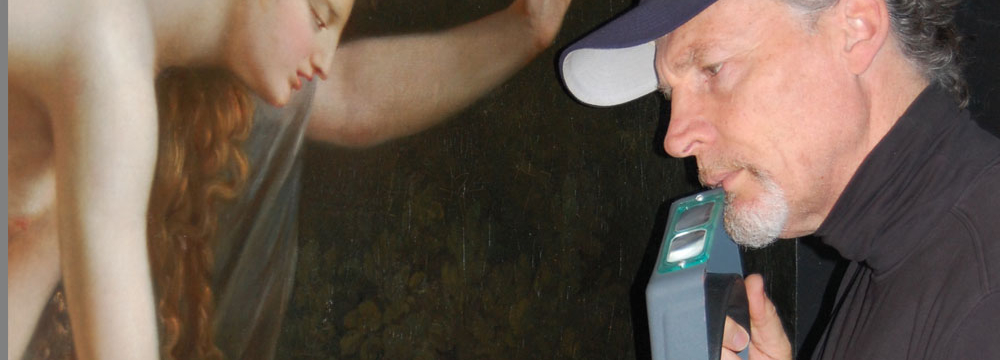
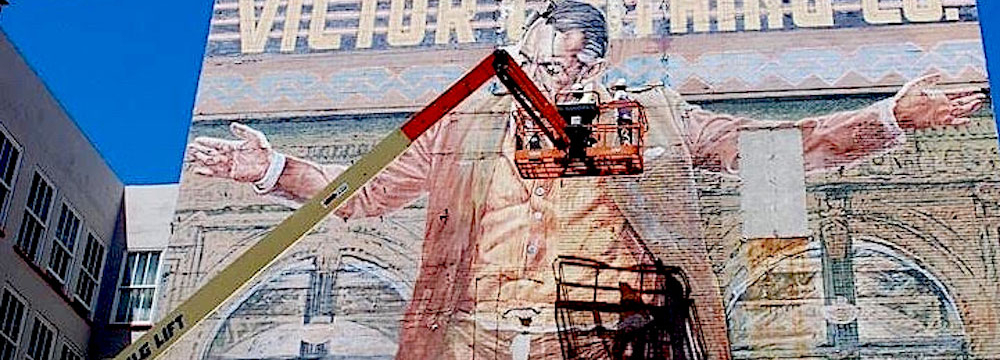
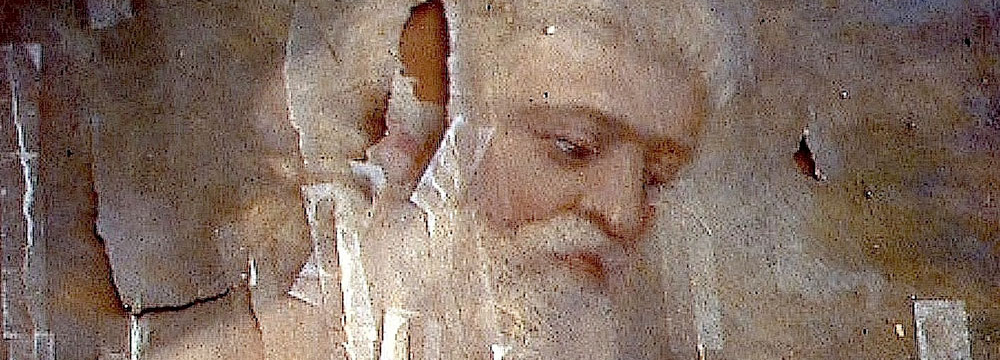
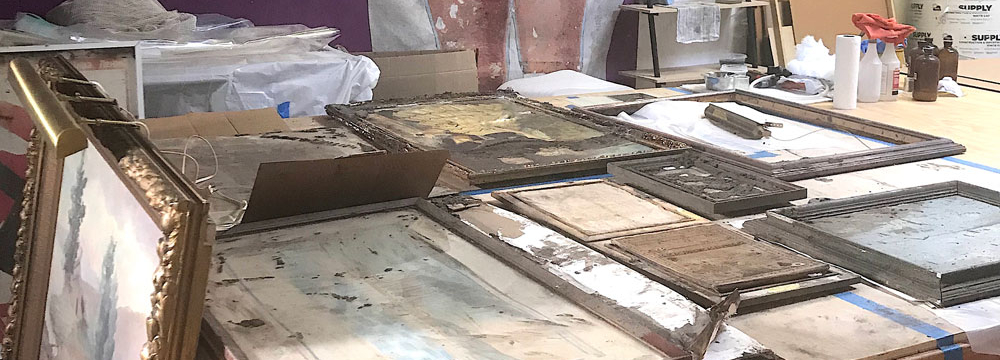

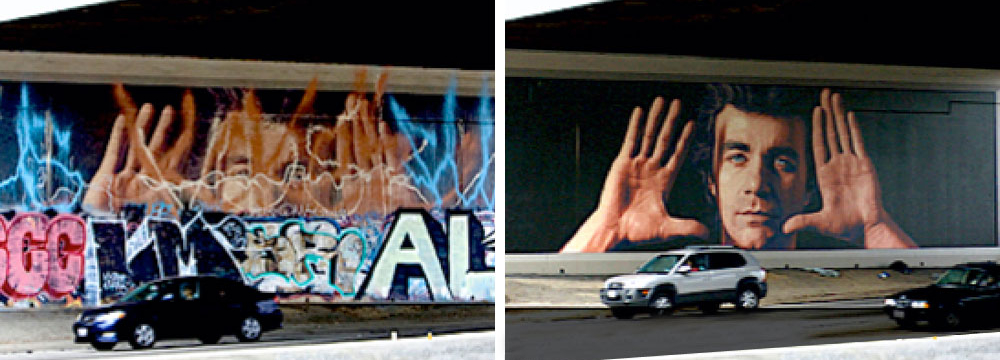
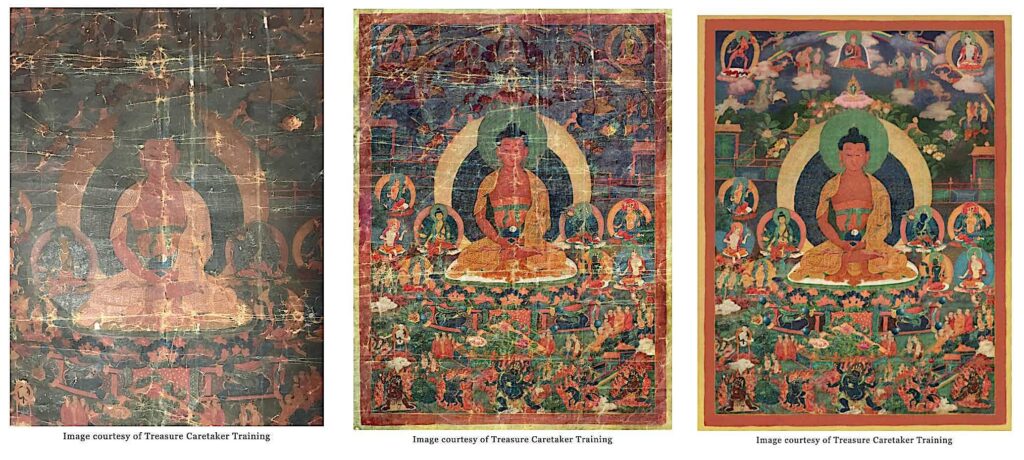
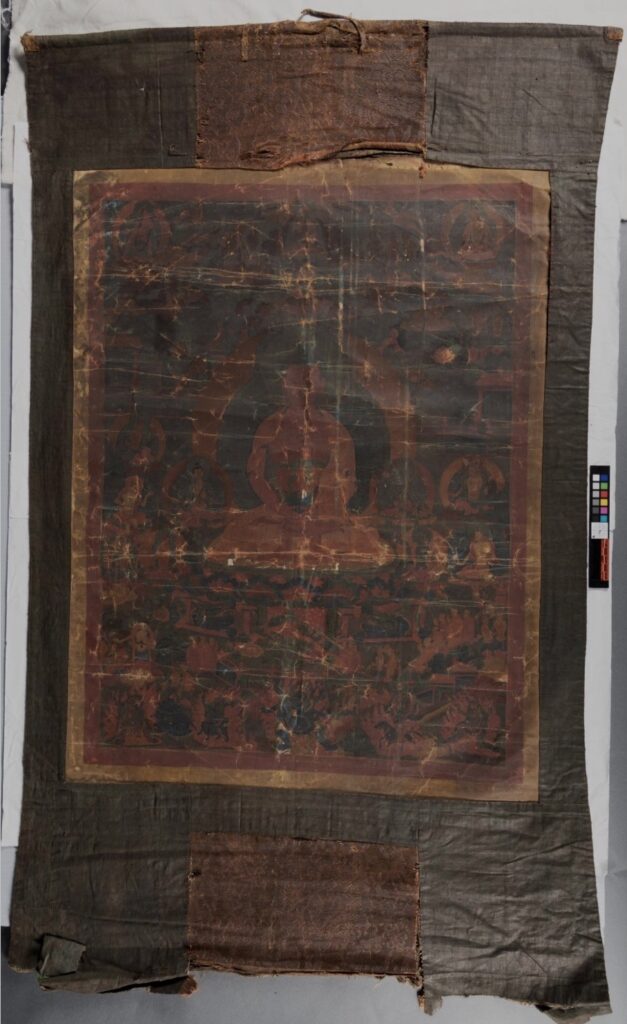
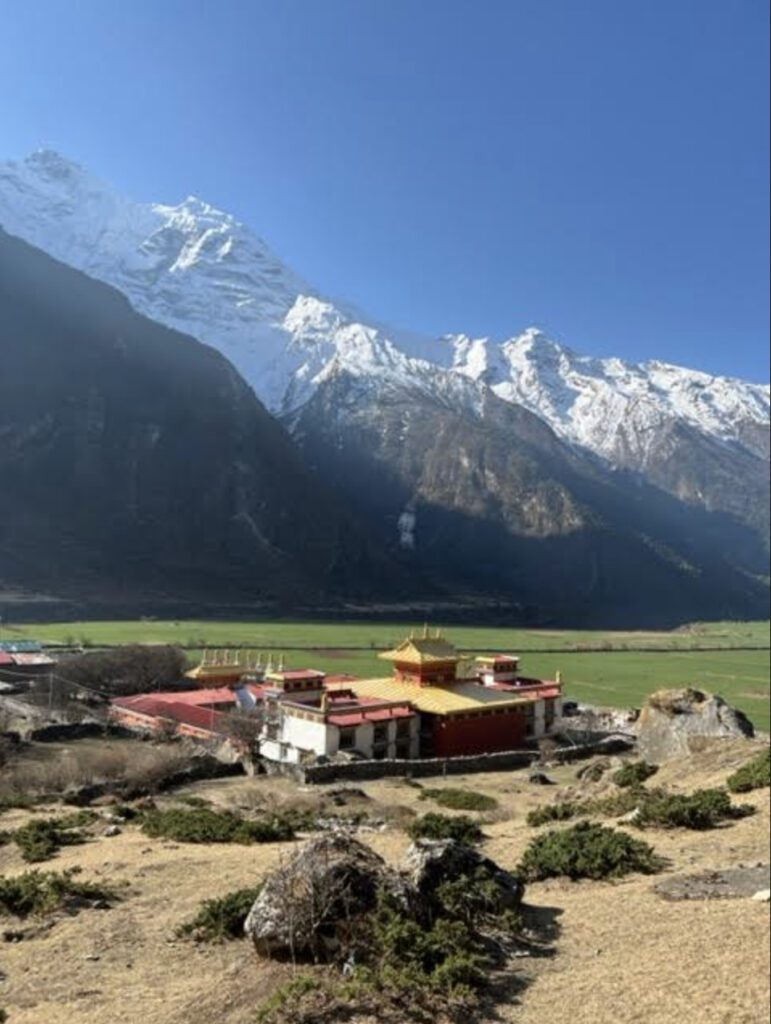
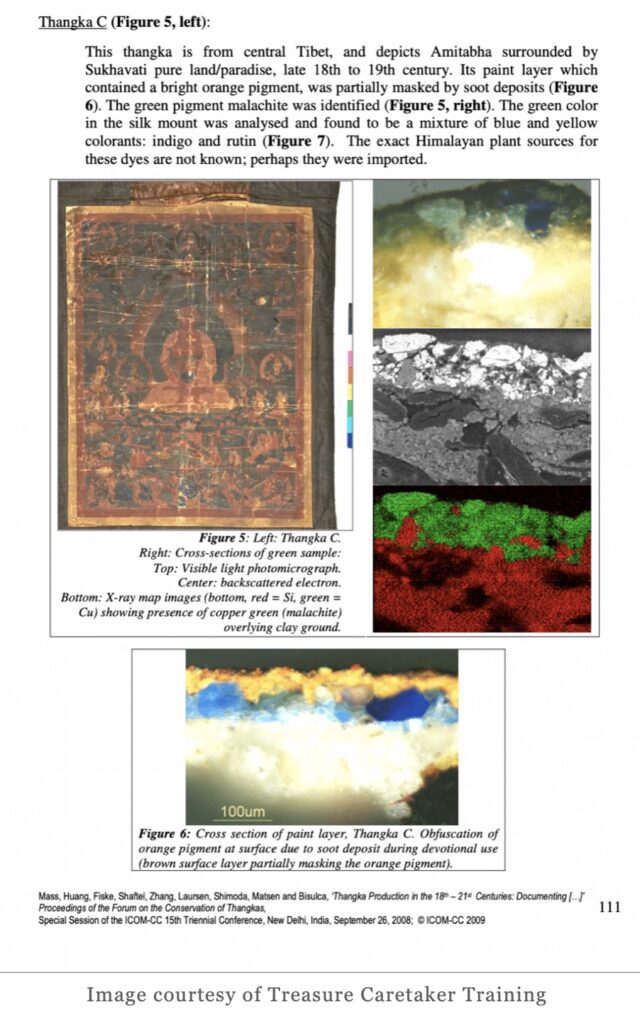
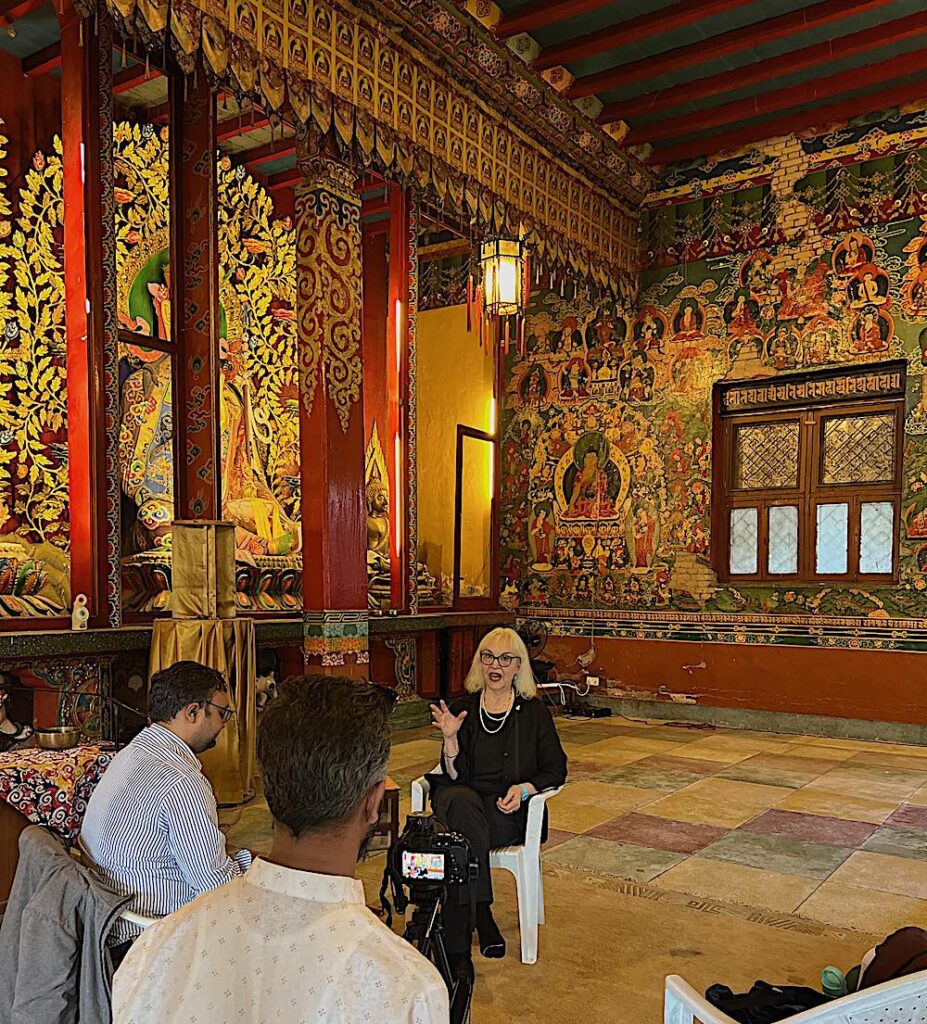
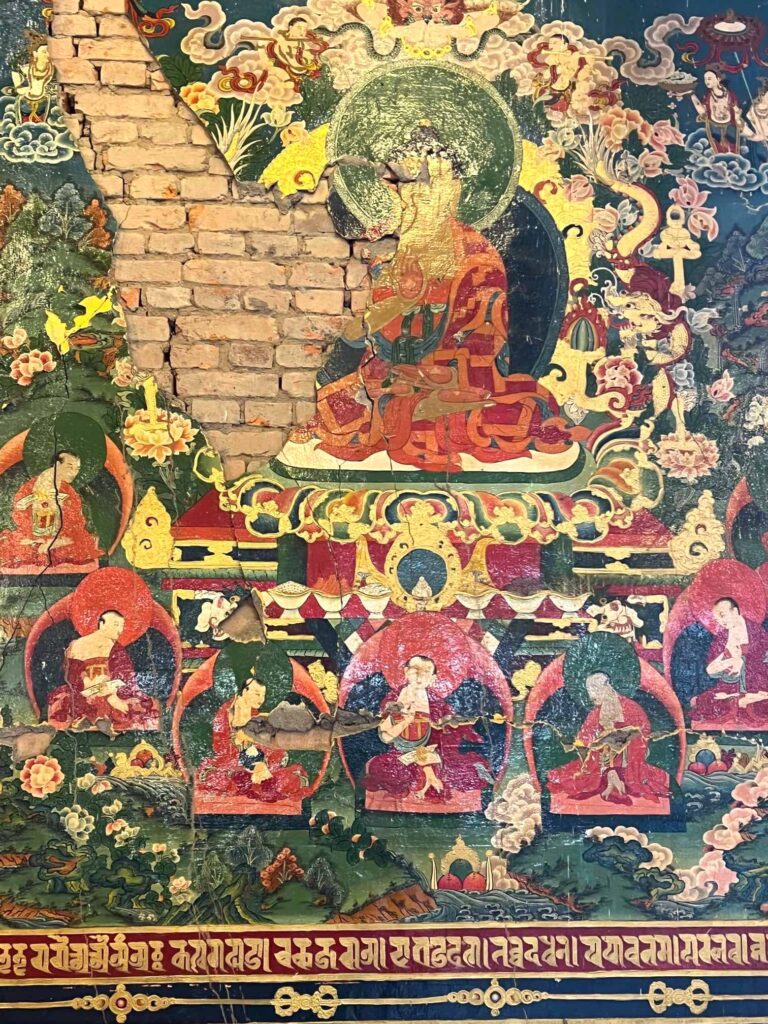

What an interesting post! The topic of how culturally significant artworks/objects should be treated, in what context, etc. has always been at the forefront of my art history courses. This discussion calls to mind the controversy that is often behind the placement of devotional objects in museums, especially if they are/were believed to be intrinsically imbued with sacred properties, much like Peter Irniq mentioned. I imagine the conservation of religious and devotional art is also a very complex issue that arises in many different circumstances. It is wonderful to see experts like Ms. Shaftel working with religious communities to create that delicate balance between preserving these beautiful objects and respecting cultural beliefs and traditions.
Great comment Alice, thanks.
I was unaware of perhaps the controversy for restoration of these beautiful Thangkas or spiritual pieces of art. I appreciate the effort to keep the work as true to its original form and look forward to hearing on the advancements on conservation mentioned briefly, moving forward technologically. The free online resources for preservation on these items seems infinitely useful to those within the Buddhist community and perhaps others tackling the cleaning process. I am in awe of these pieces and their spiritual purpose. That time and its own journey has made them ever-more powerful almost invoking great wisdom.
Thanks for your thoughtful comment Anaisel. There are always extenuating circumstances that should be considered with devotional objects, if we are to respect the culture and the people that identify with the objects.